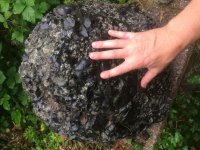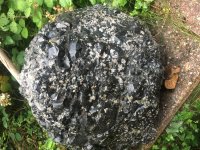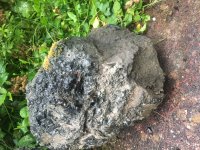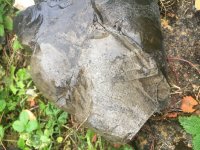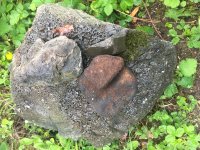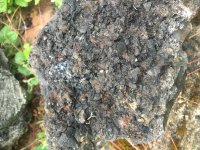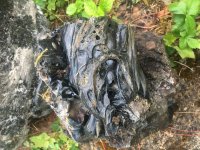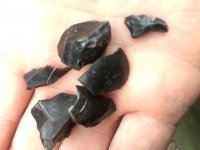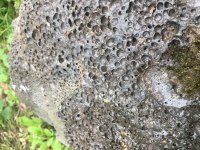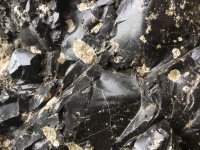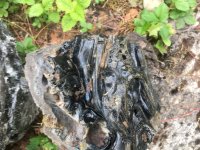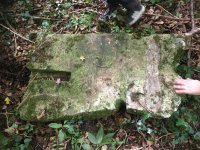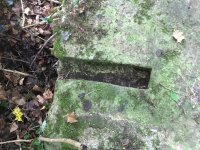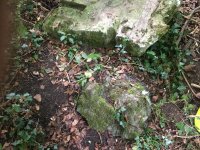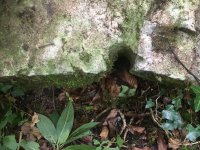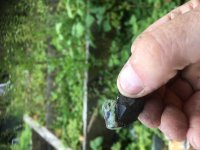Jimbob86
Jr. Member
Found in the high wycombe area of the Chilterns hills my understanding is that the hills or rather the valleys were carved out in the ice age so I presume they must be pre-historic as I don’t believe there has been volcanic activity here for millions of years  If anyone knows anymore would love to hear. Also found other volcanic rocks the lightweight black rock( forgive me can’t remember what it’s called aswell as the greeny coloured obsidian. thanks for any info
If anyone knows anymore would love to hear. Also found other volcanic rocks the lightweight black rock( forgive me can’t remember what it’s called aswell as the greeny coloured obsidian. thanks for any info
Also a large number of sponge fossils I believe the hollow balls of chalk and flint and a few shell fossils. The area it mainly chalk
 If anyone knows anymore would love to hear. Also found other volcanic rocks the lightweight black rock( forgive me can’t remember what it’s called aswell as the greeny coloured obsidian. thanks for any info
If anyone knows anymore would love to hear. Also found other volcanic rocks the lightweight black rock( forgive me can’t remember what it’s called aswell as the greeny coloured obsidian. thanks for any info Also a large number of sponge fossils I believe the hollow balls of chalk and flint and a few shell fossils. The area it mainly chalk


